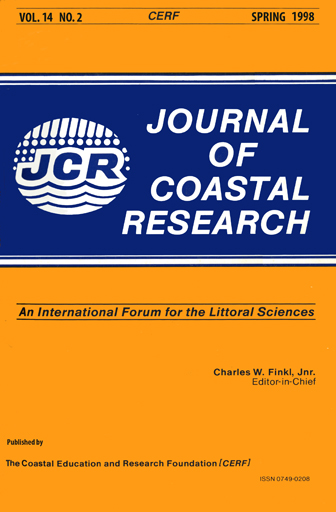Mapping the Gulf of Maine with Side-Scan Sonar: A New Bottom-Type Classification for Complex Seafloors
Keywords:
Seafloor mapping, side-scan sonar, continental shelf, Gulf of Maine, geographic information systems, marine habitatsAbstract
The bedrock-framed seafloor in the northwestern Gulf of Maine is characterized by extreme changes in bathymetric relief and covered with a wide variety of surficial materials. Traditional methods of mapping cannot accurately represent the great heterogeneity of such a glaciated region. A new mapping scheme for complex seafloors, based primarily on the interpretation of side-scan sonar imagery, utilizes four easily recognized units: rock, gravel, sand and mud. In many places, however, the seafloor exhibits a complicated mixture or extremely 'patchy' distribution of the four basic units, which are too small to map individually. Twelve composite units, each a two-component mixture of the basic units, were established to represent this patchiness at a small scale (1:100,000). Using a geographic information system, these and all other available data (seismic profiles, grab samples, submersible dives and cores) were referenced to a common geographic base, superimposed on bathymetric contours and then integrated into surficial geologic maps of the regional inner continental shelf. This digital representation of the seafloor comprises a multidimensional, interactive model complete with explicit attributes (depth, bottom type) that allow for detailed analysis of marine environments.


